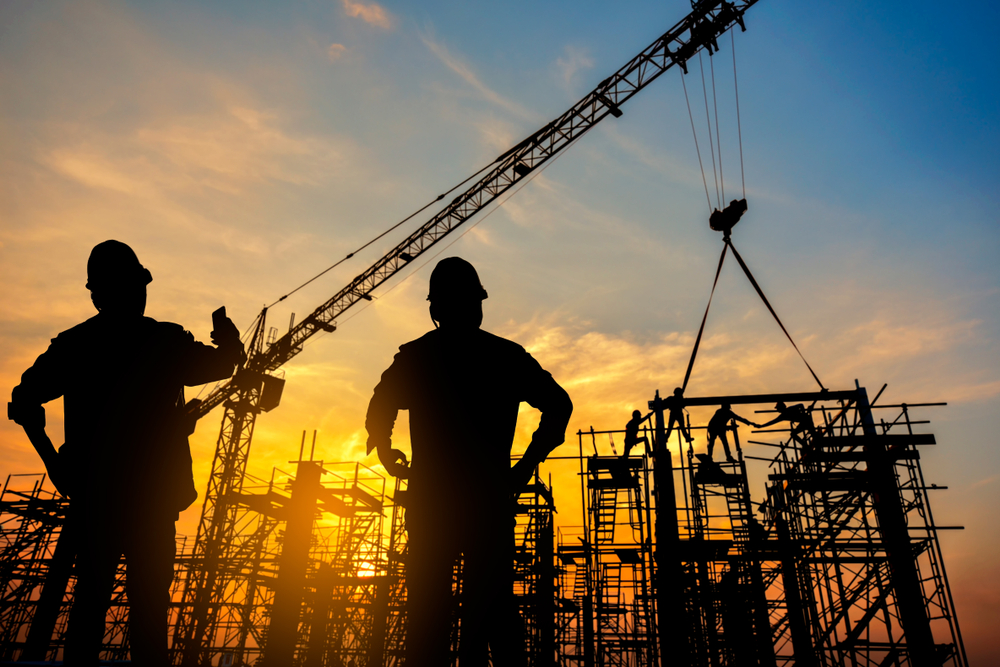
The Basics of Construction
CONSTRUCTION encompasses the processes involved in developing and delivering a physical asset. The process typically begins with planning, financing, and design, and continues until the asset is finished and ready for use. This type of construction also covers repairs and maintenance work, as well as any works undertaken to extend, improve, or expand an existing asset. It can also include the process of demolishing an existing asset. To avoid causing unnecessary delays, it is best to develop a clear and detailed plan before starting the construction process.
Once everyone knows what to do, resources are available, and the project budget is set, construction can begin. Proper preparation will help the construction process go as smoothly as possible. Having all of the necessary information will ensure that the project runs smoothly and is completed successfully. Although thorough plans can predict some unexpected obstacles, no plan can fully prepare for all of them. Therefore, constant monitoring is essential to stay on track and make sure everything is going as planned.
Once everyone is familiar with their responsibilities, resources, and timelines, construction can begin. Having a plan can help ensure that the project progresses smoothly and is completed on time. However, there is always the risk of unexpected problems, and no plan can anticipate every possible hiccup. To avoid any potential disasters, the construction team should stay on top of the situation and take action as soon as possible. With good planning, even if everything goes according to plan, some issues may crop up.
After determining the scope of the project and the budget, the construction phase can begin. Once everyone knows what they need to do, construction can begin. It is essential to prepare as much as possible and have as many resources as possible at hand. By doing this, the entire process will run smoothly and successfully. Unfortunately, no plan can anticipate every hiccup, so regular monitoring will be critical to keeping the project on track. With a proper plan, the construction process will run smoothly.
There are many kinds of construction. There are two types of construction: institutional and commercial. These include hospitals, schools, shopping centers, and stadiums. This type of construction can be categorized into two main categories: residential, industrial, and public buildings. All of these types of building require the same types of tools and processes. In addition, the tools used during the process must be compatible with each other. During this stage, the entire project will be inspected to ensure it is safe and functional.
The construction process involves the translation of designs into actual objects. In most cases, the property owner will engage a design team, which may include architects, civil engineers, mechanical engineers, electrical engineers, and fire protection engineers. During the design phase, a lead designer will coordinate all of the various disciplinary inputs. The lead designer may also be responsible for establishing relationships between the subcontractors and the main contractor. The process of construction usually lasts until the project is complete.